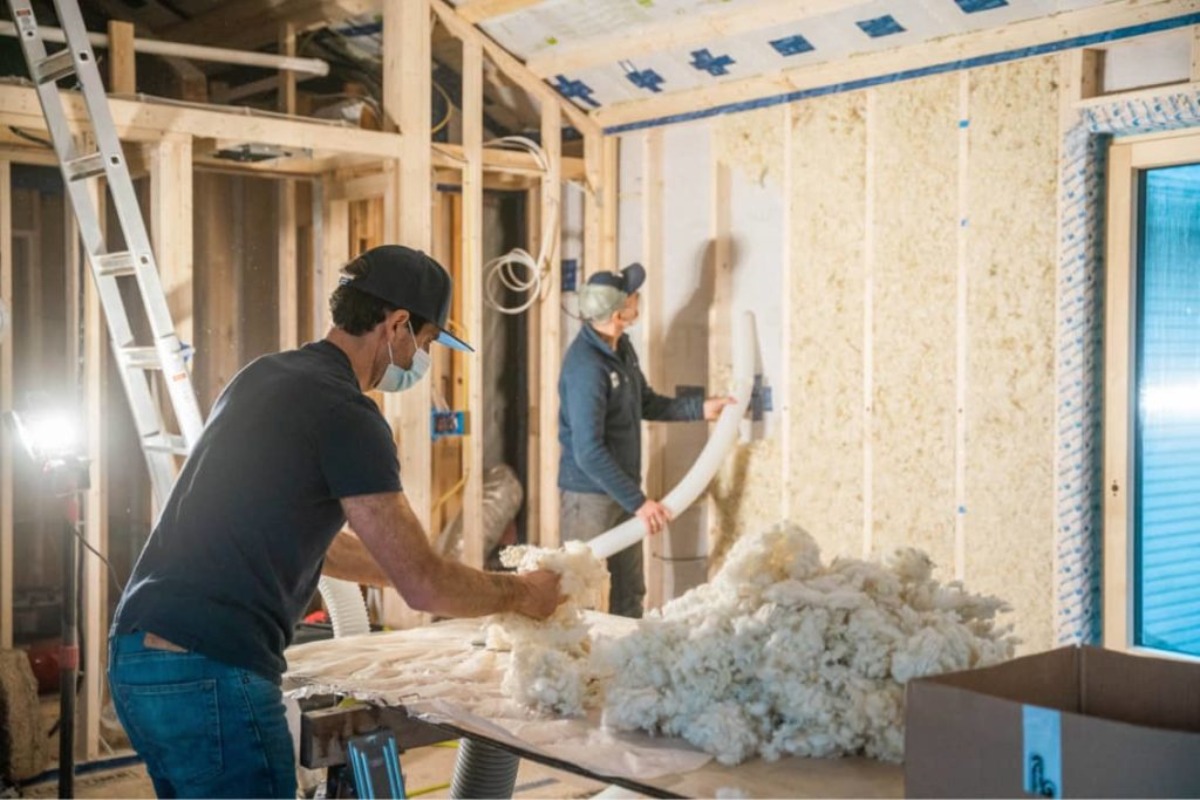

Articles
What Is R-19 Insulation Used For?
Modified: January 8, 2024
Discover the various applications and benefits of R19 insulation in this informative article. Learn how it can improve energy efficiency and comfort in your home.
(Many of the links in this article redirect to a specific reviewed product. Your purchase of these products through affiliate links helps to generate commission for Storables.com, at no extra cost. Learn more)
Introduction
Welcome to our comprehensive guide on R19 insulation! In this article, we will explore the definition, key characteristics, applications, energy efficiency benefits, installation guidelines, comparisons with other insulation types, and cost considerations of R19 insulation. Whether you’re a homeowner looking to upgrade your insulation or a contractor seeking information, we’ve got you covered!
Insulation plays a crucial role in maintaining comfort and energy efficiency in residential and commercial buildings. R19 insulation is one of the popular options available on the market due to its excellent thermal resistance and versatility. It is widely used in various applications to reduce heat transfer and improve energy efficiency.
Throughout this article, we will delve into the ins and outs of R19 insulation, providing you with a comprehensive understanding of its uses and benefits. So, let’s jump right in!
Key Takeaways:
- R19 insulation offers high thermal resistance, soundproofing benefits, and energy efficiency, making it a versatile and cost-effective choice for residential and commercial buildings.
- Proper installation and consideration of cost factors are crucial when choosing R19 insulation, ensuring long-term energy savings and a comfortable living or working environment.
Read more: How Thick Is R-19 Insulation
Definition of R19 Insulation
R19 insulation refers to a type of thermal insulation that is designed to resist heat flow and improve energy efficiency in buildings. The “R” in R19 stands for thermal resistance, which indicates the material’s ability to impede the transfer of heat. The higher the R-value, the more effective the insulation is at reducing heat transfer.
R19 insulation typically consists of fiberglass or mineral wool materials that are densely packed or compressed to achieve the desired R-value. These materials are known for their excellent insulation properties, as they trap air pockets within their structure to create a barrier against heat flow. The R19 rating indicates that the insulation has a thermal resistance value of approximately 19 per inch thickness.
It is important to note that the actual thickness of R19 insulation can vary depending on the specific manufacturer and product. However, the overall objective remains the same – to provide an effective barrier against heat loss or gain.
R19 insulation is commonly used in walls, floors, and attics to enhance energy efficiency and reduce heating and cooling costs. It is suitable for both new construction and retrofitting projects, making it a versatile insulation option for a wide range of applications.
In addition to its thermal resistance properties, R19 insulation also offers soundproofing benefits. The dense nature of the material helps to reduce noise transmission between rooms or from external sources, providing a quieter and more comfortable indoor environment.
Now that we have covered the definition of R19 insulation, let’s delve into its key characteristics and understand why it is a popular choice for insulation projects.
Key Characteristics of R19 Insulation
R19 insulation offers several key characteristics that make it a desirable option for residential and commercial insulation projects. Understanding these characteristics can help you determine if R19 insulation is the right choice for your specific needs. Let’s take a closer look:
- High Thermal Resistance: R19 insulation has a high R-value, indicating its ability to resist heat transfer. This means it provides excellent insulation against both hot and cold temperatures, helping to maintain a comfortable indoor environment all year round.
- Efficient Energy Performance: By effectively reducing heat flow, R19 insulation helps to improve energy efficiency in buildings. It minimizes the need for excessive heating or cooling, resulting in lower energy consumption and reduced utility costs.
- Effective Soundproofing: Due to its dense composition, R19 insulation also offers soundproofing benefits by reducing noise transmission. This can create a quieter and more peaceful indoor environment, especially in areas prone to external noise.
- Non-Combustible: R19 insulation is typically made from non-combustible materials such as fiberglass or mineral wool, making it a safe option for insulation. It does not contribute to the spread of fire, providing an added layer of protection in case of emergencies.
- Durable and Long-lasting: R19 insulation is designed to be durable and long-lasting. It can maintain its effectiveness and insulation performance for many years with proper installation and maintenance.
- Easy Installation: R19 insulation is relatively easy to install. It comes in various forms, including rolls, batts, or sheets, which can be cut to fit the desired area. Additionally, it can be installed in both new construction and existing buildings, making it a versatile choice for insulation projects.
- Environmentally Friendly: Many R19 insulation products are made from recycled materials, contributing to a more sustainable and eco-friendly approach to insulation. Choosing R19 insulation can help reduce your carbon footprint and support green building practices.
These key characteristics make R19 insulation a popular choice for homeowners, contractors, and builders alike. Its combination of high thermal resistance, energy efficiency, soundproofing capabilities, and safety make it an excellent insulation solution for various applications.
Now that we’ve explored the characteristics of R19 insulation, let’s delve into its wide range of applications and uses.
Applications and Uses of R19 Insulation
R19 insulation is versatile and can be used in various applications to improve energy efficiency and thermal performance. Let’s explore some of the common uses of R19 insulation:
- Walls: R19 insulation is commonly used to insulate exterior walls. It helps to reduce heat transfer through the walls, creating a more comfortable indoor environment and reducing energy costs. It can be installed in both wood and metal frame walls.
- Floors: R19 insulation is also suitable for insulating floors where there is a significant temperature difference between different levels of the building. It helps prevent heat loss from the lower floors and keeps the upper floors warmer in colder climates.
- Attics: One of the most popular applications of R19 insulation is in attic spaces. Attics tend to be a major source of heat loss and gain in a building. Installing R19 insulation in the attic helps to create a thermal barrier, preventing hot or cold air from infiltrating the living spaces below.
- Ceilings: R19 insulation can be used to insulate ceilings, especially in instances where there is an unheated space above, such as a garage or storage area. It helps to maintain a consistent temperature and reduces heat exchange between the living spaces and the unheated areas above.
- Crawlspaces: For buildings with crawlspaces, R19 insulation can be installed in the crawlspace walls or between the floor joists to prevent heat loss or gain. This helps to create a more energy-efficient and comfortable environment.
R19 insulation is suitable for both new construction and retrofitting projects. It can be easily installed during the construction phase or added to existing buildings during renovations or upgrades.
In addition to these applications, R19 insulation can also be used in other areas such as garage walls, basement walls, and HVAC ductwork. The specific application will depend on the needs and requirements of the building, climate conditions, and the desired level of insulation.
By properly insulating these areas with R19 insulation, you can significantly improve energy efficiency, reduce heat transfer, enhance comfort, and potentially save on heating and cooling costs.
Now that we’ve explored the applications and uses of R19 insulation, let’s move on to the next section to learn more about its energy efficiency benefits.
Energy Efficiency Benefits of R19 Insulation
R19 insulation offers a range of energy efficiency benefits that can have a significant impact on both residential and commercial buildings. Here are some of the key advantages of using R19 insulation:
- Reduced Heat Transfer: R19 insulation is highly effective in reducing heat transfer between the inside and outside of a building. It creates a thermal barrier that helps to keep heat out during hot weather and retain warmth during colder months. This results in a more stable and comfortable indoor temperature, reducing the reliance on heating and cooling systems.
- Lower Energy Consumption: By minimizing heat transfer, R19 insulation helps to reduce the energy consumption required for heating and cooling. This leads to lower utility bills and significant cost savings over time. The insulation acts as a barrier, preventing the escape of conditioned air from the indoor spaces and reducing the need for constant temperature adjustments.
- Improved HVAC System Efficiency: With R19 insulation, the workload on heating and cooling systems is reduced. These systems can operate more efficiently and effectively since they don’t need to constantly compensate for heat loss or gain. This can extend the lifespan of HVAC equipment and lower maintenance costs.
- Enhanced Thermal Comfort: R19 insulation creates a more comfortable indoor environment by minimizing temperature fluctuations. It helps to maintain a consistent temperature throughout the building and reduces drafts caused by air leakage. This keeps occupants comfortable year-round, regardless of outdoor weather conditions.
- Sound Insulation: In addition to its thermal benefits, R19 insulation also offers soundproofing properties. It helps to reduce noise transmission from external sources such as traffic or nearby neighbors, creating a quieter and more peaceful indoor environment.
- Sustainable Choice: R19 insulation products are often made from recycled materials, making them environmentally friendly options. Choosing R19 insulation contributes to reducing energy consumption, carbon emissions, and reliance on non-renewable resources, promoting sustainable building practices.
By utilizing R19 insulation in your building, you can effectively improve its energy efficiency, reduce energy consumption, and create a more comfortable and eco-friendly living or working environment.
In the next section, we will provide guidelines on the installation process of R19 insulation to ensure its optimal performance.
R19 insulation is commonly used in walls and attics to provide thermal resistance and improve energy efficiency. It is effective in moderate climates and can help reduce heating and cooling costs.
Read more: What Is R-7 Insulation Used For
Installation Guidelines for R19 Insulation
Proper installation is crucial to maximize the performance and effectiveness of R19 insulation. Follow these guidelines to ensure a successful installation:
- Prepare the Area: Before installing R19 insulation, ensure that the area is clean and free from any debris or obstructions. Remove any existing insulation that may be damaged or inadequate.
- Wear Protective Gear: When handling and installing R19 insulation, it is important to wear appropriate protective gear such as gloves, a mask, and safety glasses to prevent skin irritation and inhalation of particles.
- Measure and Cut: Measure the area where the insulation will be installed and cut the R19 insulation material to fit the space accurately. Use a utility knife or insulation cutting tool for precise cuts.
- Fit and Secure: Place the cut pieces of R19 insulation snugly into the designated area, ensuring a tight fit. Secure the insulation with staples, insulation supports, or adhesive as necessary to prevent movement or gaps.
- Seal Air Leaks: Pay attention to sealing any air leaks or gaps in the insulation. Use weatherstripping, caulk, or tape to seal joints, corners, and edges to prevent air infiltration and ensure optimal thermal performance.
- Maintain Clearances: Make sure to maintain the required clearances around appliances, fixtures, and lighting to prevent fire hazards. Consult the manufacturer’s guidelines or local building codes for specific clearance requirements.
- Properly Ventilate: Ensure proper ventilation in areas such as attics or crawlspaces to prevent moisture buildup and mold growth. Install vents or fans as needed to promote adequate airflow.
- Follow Safety Guidelines: Adhere to safety guidelines and local building codes during the installation process. If you are unsure about any specific requirements or techniques, consult a professional insulation contractor for assistance.
It is always recommended to consult the manufacturer’s instructions and guidelines specific to the R19 insulation product you are using. Following their recommendations will ensure the best results and help maintain the warranty coverage.
Proper installation of R19 insulation will not only provide optimum thermal efficiency but also contribute to soundproofing and overall comfort in the building.
In the following section, we will compare R19 insulation with other insulation types to help you make an informed decision.
R19 Insulation vs. Other Insulation Types
When it comes to choosing the right insulation for your building, it’s essential to understand how R19 insulation compares to other insulation types. Let’s explore the differences and benefits of R19 insulation compared to a few commonly used insulation materials:
- R19 Insulation vs. R13 Insulation: R19 insulation offers a higher thermal resistance value compared to R13 insulation. This means that R19 insulation provides better insulation and improved energy efficiency. R19 insulation is typically recommended for areas that require higher R-values, such as colder climates or spaces with more significant temperature fluctuations.
- R19 Insulation vs. Spray Foam Insulation: While spray foam insulation offers excellent insulation performance and can create an airtight seal, it is generally more costly than R19 insulation. R19 insulation provides a more cost-effective solution for many applications and is easier to install, especially in areas with standard dimensions.
- R19 Insulation vs. Cellulose Insulation: Cellulose insulation is typically made from recycled paper or cardboard materials. While it offers good thermal insulation, R19 insulation has a higher R-value per inch of thickness and is often a preferred choice for achieving higher energy efficiency. R19 insulation is also less prone to settling and can maintain its insulation performance over time.
- R19 Insulation vs. Radiant Barrier: Radiant barrier insulation is designed to reflect radiant heat rather than resist heat transfer. While it can be an effective solution in certain applications, R19 insulation provides more comprehensive insulation benefits, reducing both radiant heat transfer and conductive heat transfer.
The choice of insulation material will depend on various factors such as climate, budget, installation requirements, and desired R-value. It is important to assess your specific needs and consult with professionals or insulation experts to determine the most suitable insulation type for your project.
Now that we’ve compared R19 insulation with other insulation types, let’s discuss the cost considerations of R19 insulation.
Cost Considerations of R19 Insulation
When considering R19 insulation for your building project, it is important to understand the cost factors involved. Here are some key considerations to keep in mind:
- Material Cost: The cost of R19 insulation will vary depending on the material used, such as fiberglass or mineral wool. Fiberglass insulation is generally more affordable compared to other options.
- Area to be Insulated: The total square footage of the area to be insulated will impact the overall cost. Larger spaces will require more insulation material, increasing the cost accordingly.
- Installation Method: The complexity of the installation process can influence the overall cost. If professional installation is required, this will incur additional labor costs. However, R19 insulation can often be installed by homeowners with basic DIY skills, potentially reducing labor expenses.
- Additional Materials and Accessories: Depending on the specific installation requirements, additional materials and accessories may be needed, such as vapor barriers, fasteners, or weatherstripping. These additional components will add to the overall cost.
- Energy Savings: While R19 insulation requires an upfront investment, it offers long-term energy savings. By reducing heat transfer and improving energy efficiency, R19 insulation can help lower heating and cooling costs over time, offsetting the initial expenses.
- Return on Investment: Consider the potential return on investment when evaluating the cost of R19 insulation. The energy savings achieved can result in significant cost savings over the lifespan of the insulation, making it a worthwhile long-term investment.
It is important to gather quotes from multiple suppliers and insulation contractors to compare prices and ensure you’re getting a competitive rate. Balancing cost with performance and energy efficiency is crucial to make an informed decision that aligns with your budget and goals.
Keep in mind that while cost is an important factor, it is equally important to prioritize the quality and effectiveness of the insulation. Investing in a higher-quality R19 insulation product can lead to better thermal performance and long-term energy savings.
Now that we’ve discussed the cost considerations of R19 insulation, let’s conclude our comprehensive guide.
Conclusion
In conclusion, R19 insulation is a popular choice for enhancing energy efficiency and thermal performance in residential and commercial buildings. Its high thermal resistance, cost-effectiveness, ease of installation, and soundproofing capabilities make it a versatile option for a variety of applications.
R19 insulation offers several key benefits, including reduced heat transfer, lower energy consumption, improved HVAC system efficiency, enhanced thermal comfort, and sound insulation. By properly insulating areas such as walls, floors, attics, and crawlspaces with R19 insulation, you can create a more comfortable and energy-efficient living or working environment.
During installation, it is important to follow proper guidelines and ensure a tight fit without any gaps to maximize the insulation’s performance. Consulting the manufacturer’s instructions and local building codes is essential for a successful installation.
When comparing R19 insulation with other insulation types, consider factors such as R-value, cost, ease of installation, and specific project requirements. Each insulation type has its own advantages, and choosing the right one depends on various factors such as climate, budget, and desired level of insulation.
Cost considerations should also be taken into account when considering R19 insulation. While there may be upfront expenses, the long-term energy savings and return on investment can make it a worthwhile investment over time.
In conclusion, R19 insulation provides an efficient and cost-effective solution for improving energy efficiency, reducing heat transfer, and enhancing comfort. It is essential to assess your specific needs, consult with professionals, and consider the long-term benefits when making decisions about insulation for your building project.
We hope this comprehensive guide has provided you with valuable insights into R19 insulation and its applications. Armed with this knowledge, you are now ready to make informed decisions about your insulation needs and create a more energy-efficient and comfortable space.
Frequently Asked Questions about What Is R-19 Insulation Used For?
Was this page helpful?
At Storables.com, we guarantee accurate and reliable information. Our content, validated by Expert Board Contributors, is crafted following stringent Editorial Policies. We're committed to providing you with well-researched, expert-backed insights for all your informational needs.
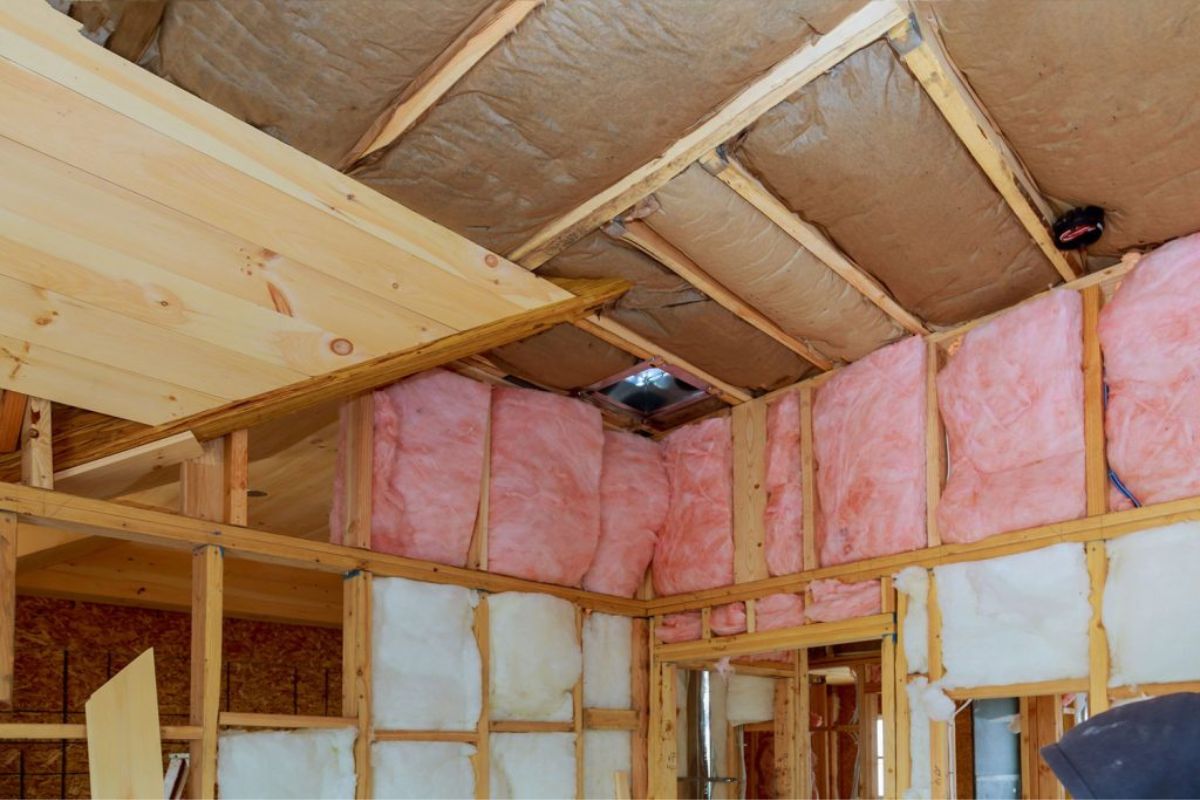
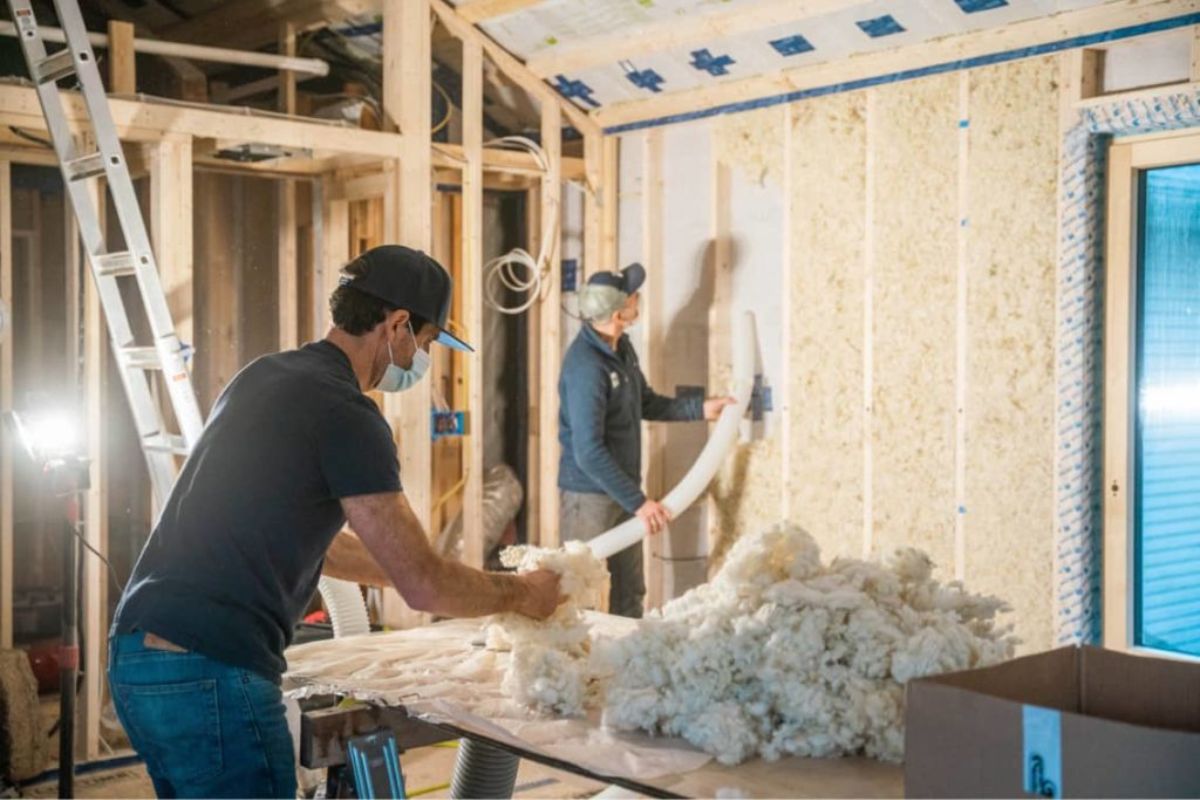
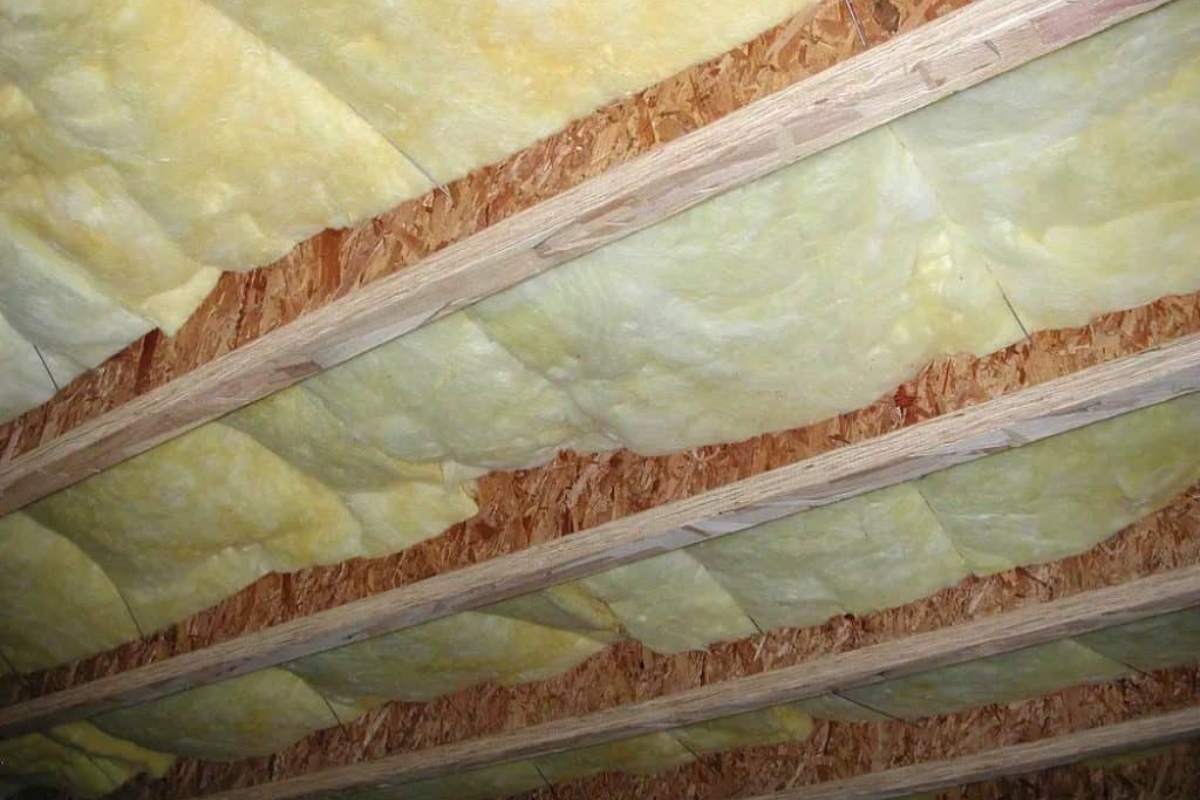
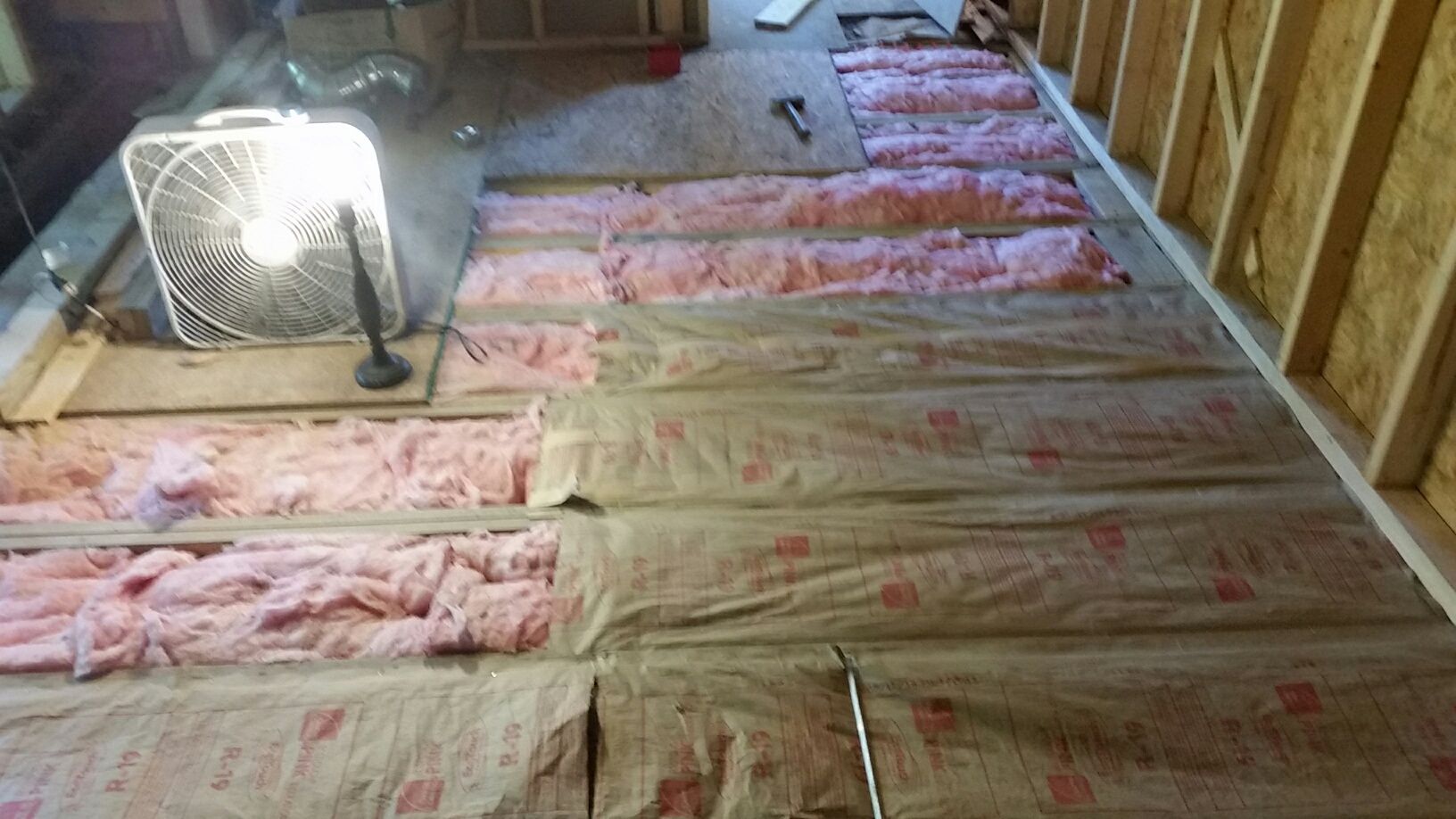
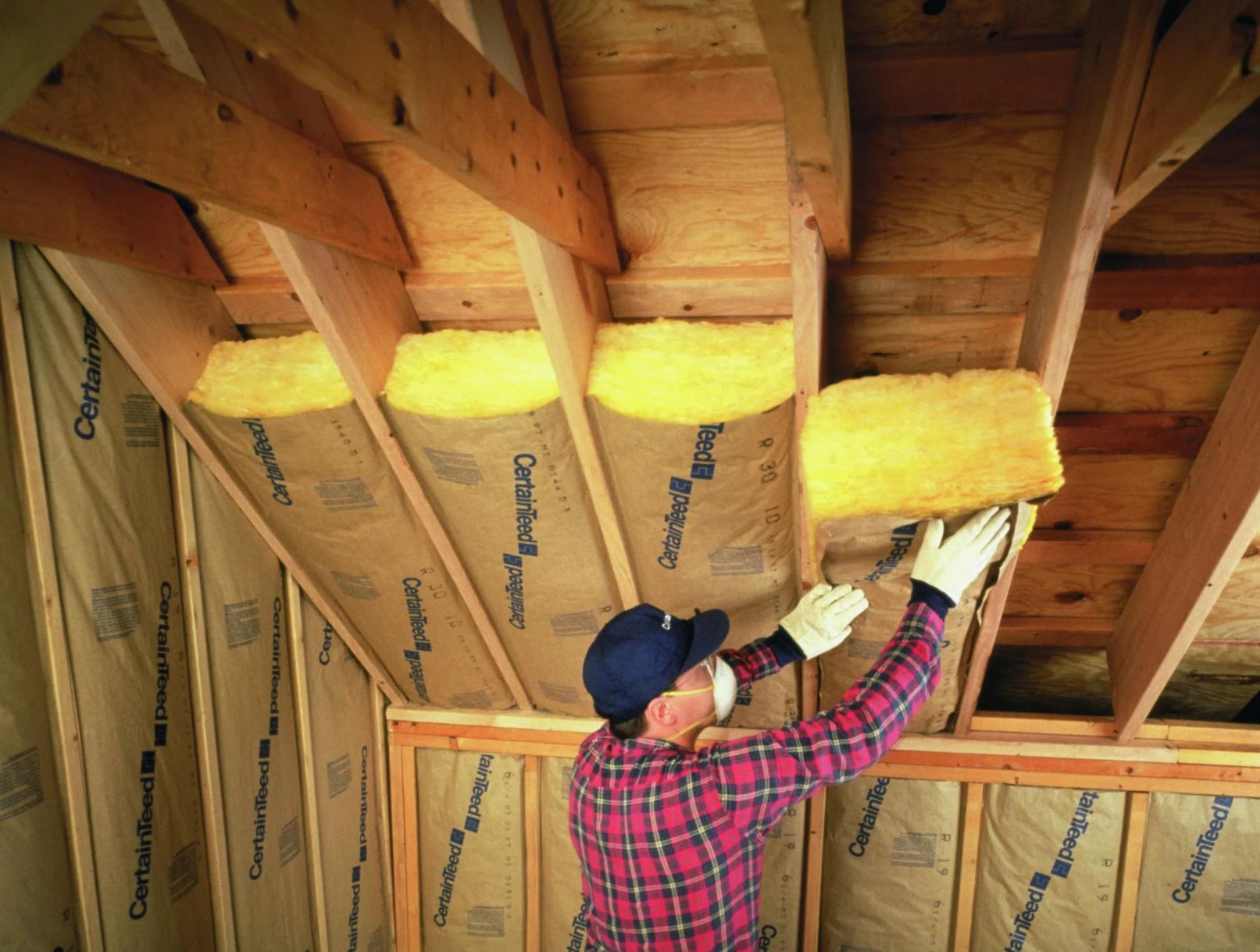
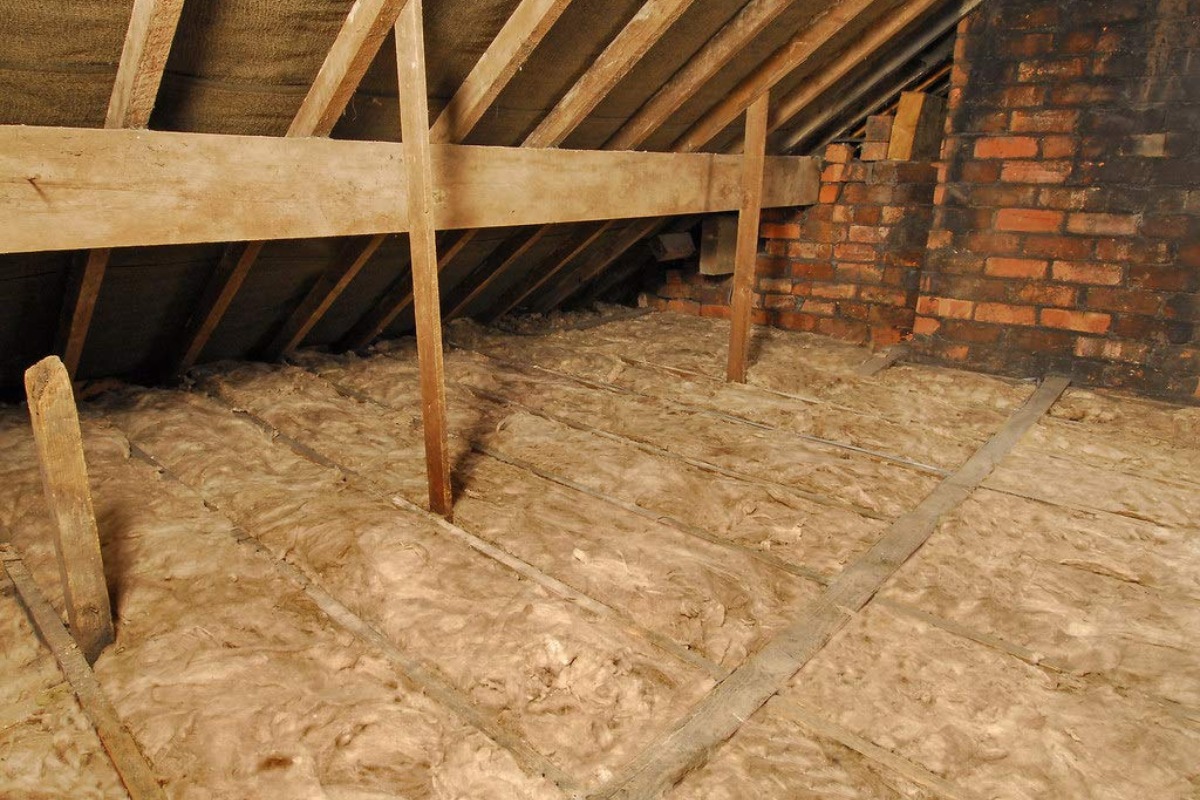
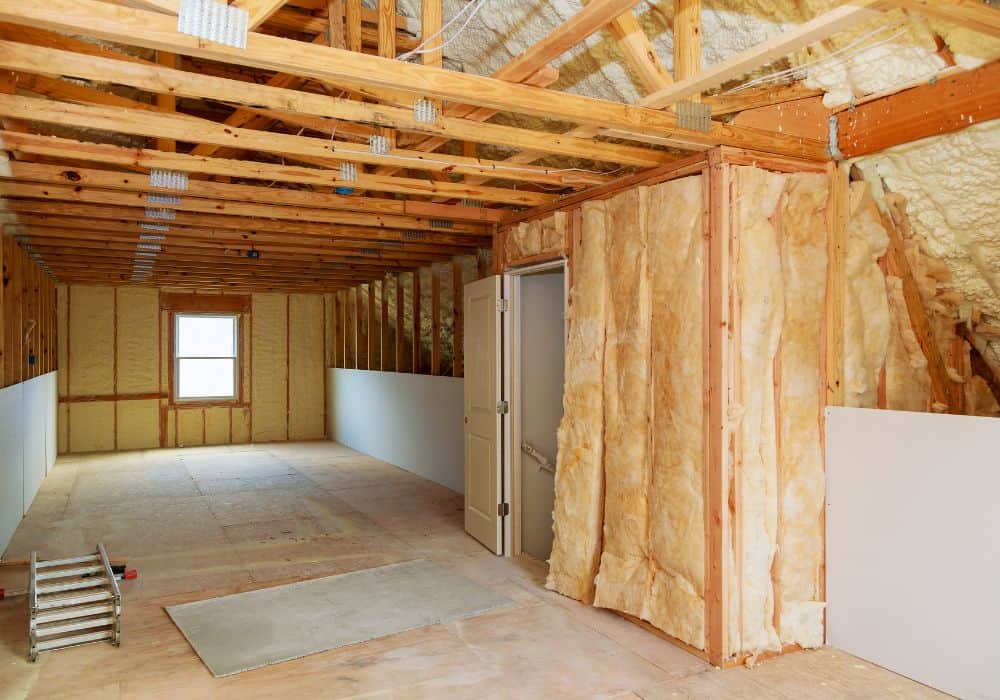
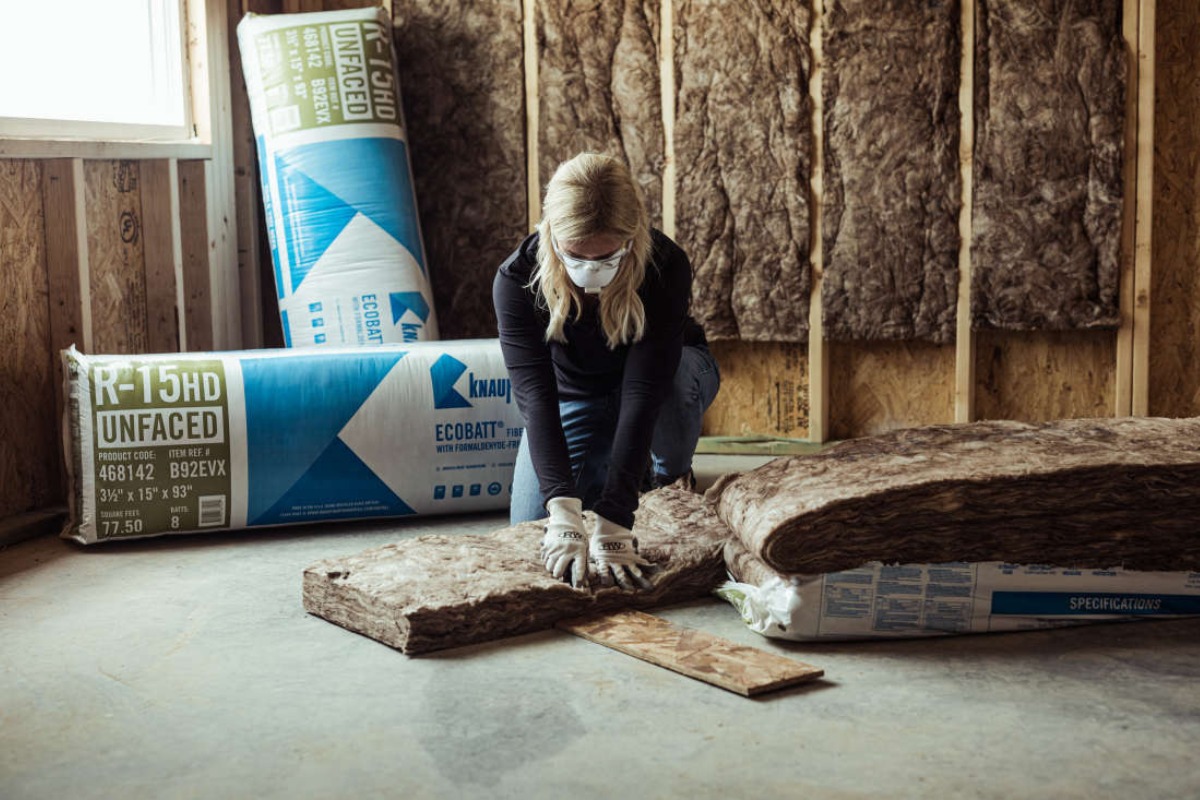
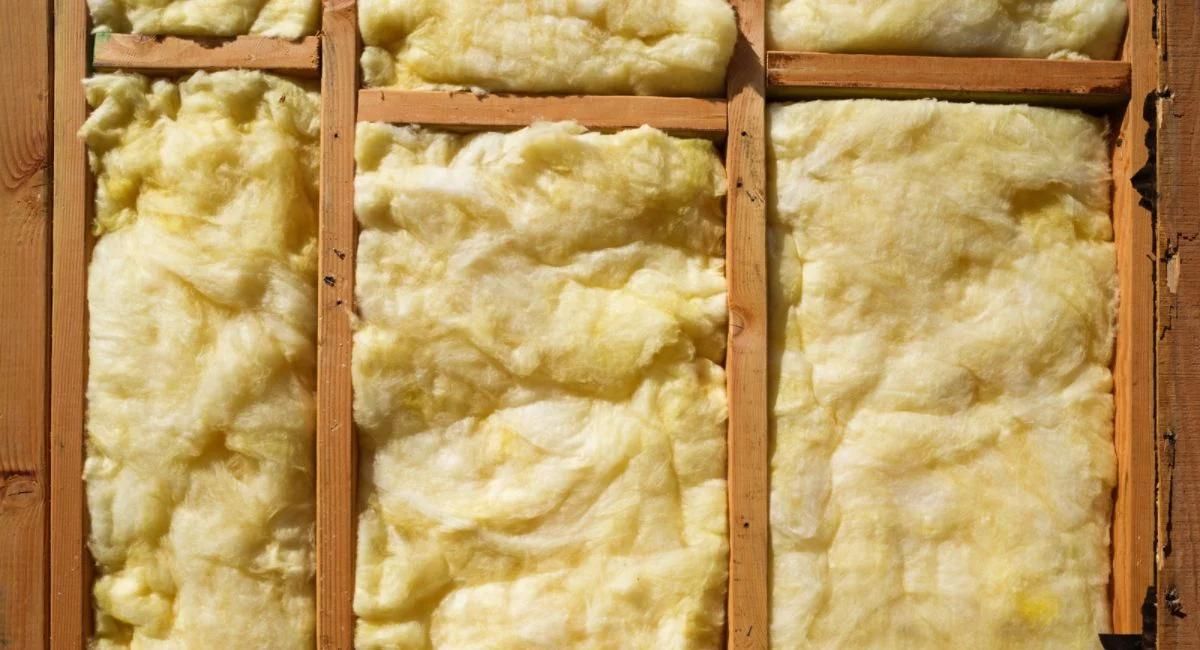
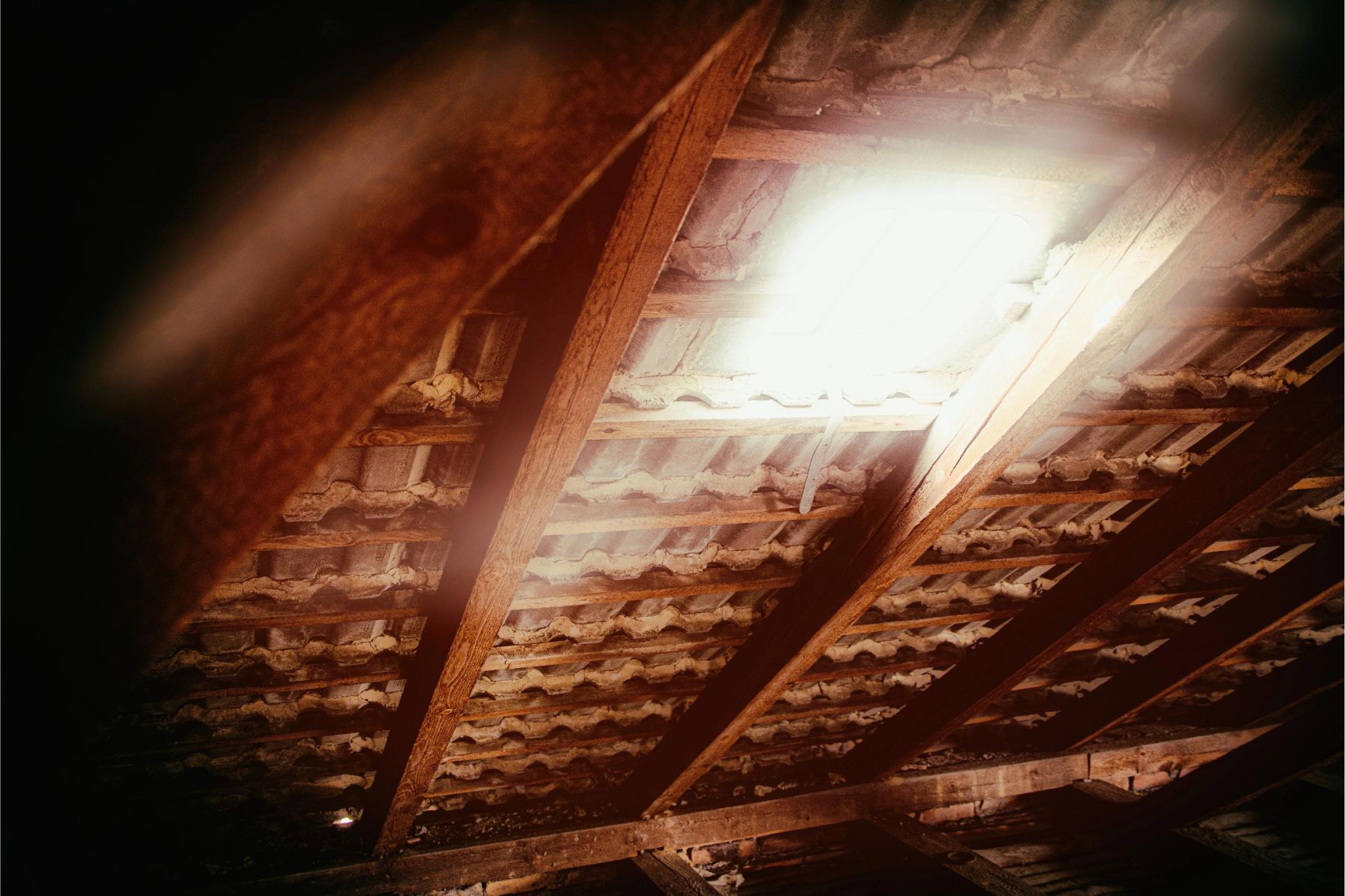
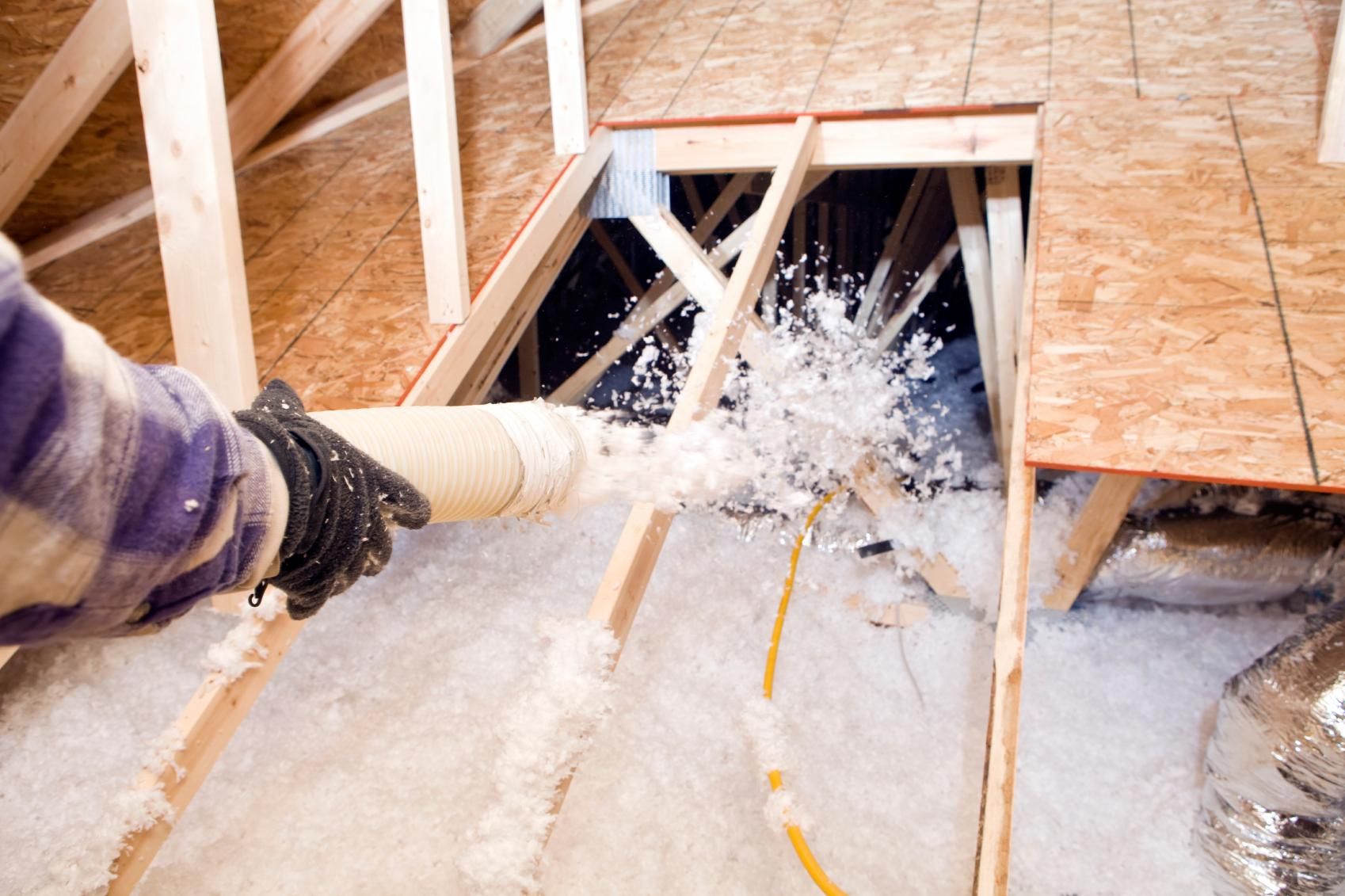
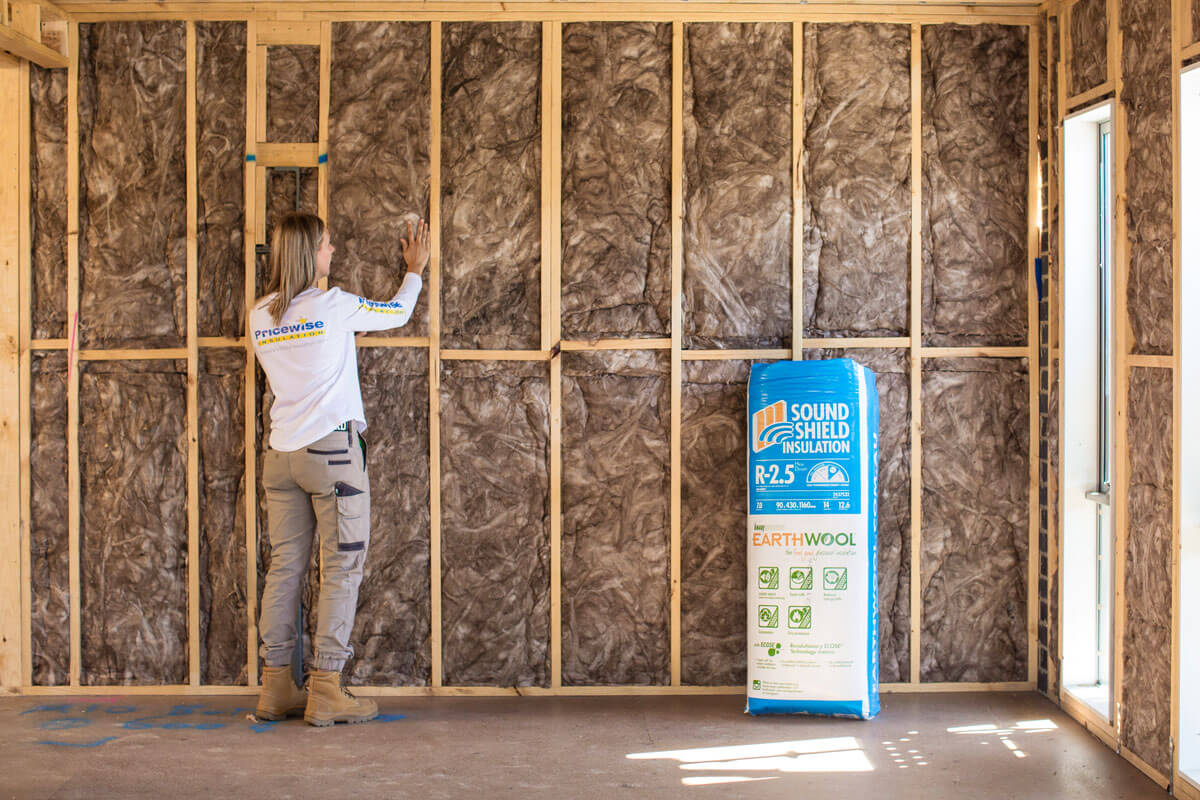
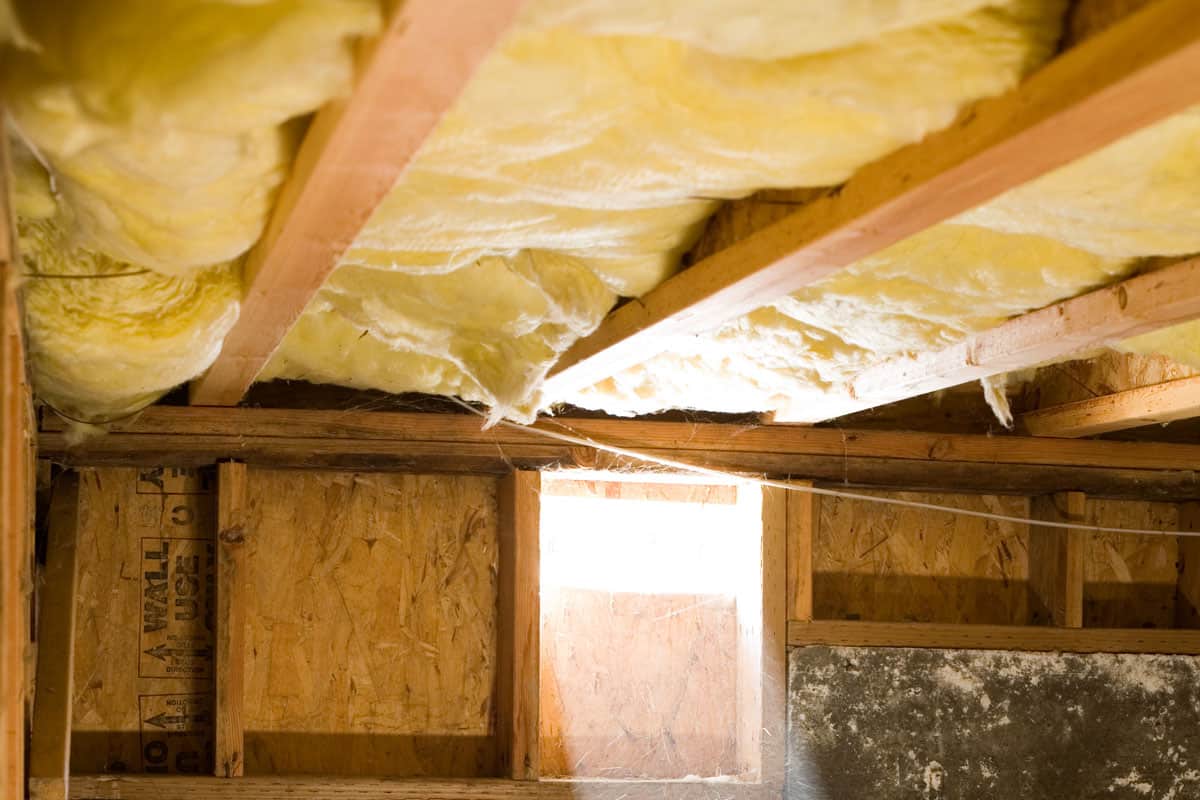
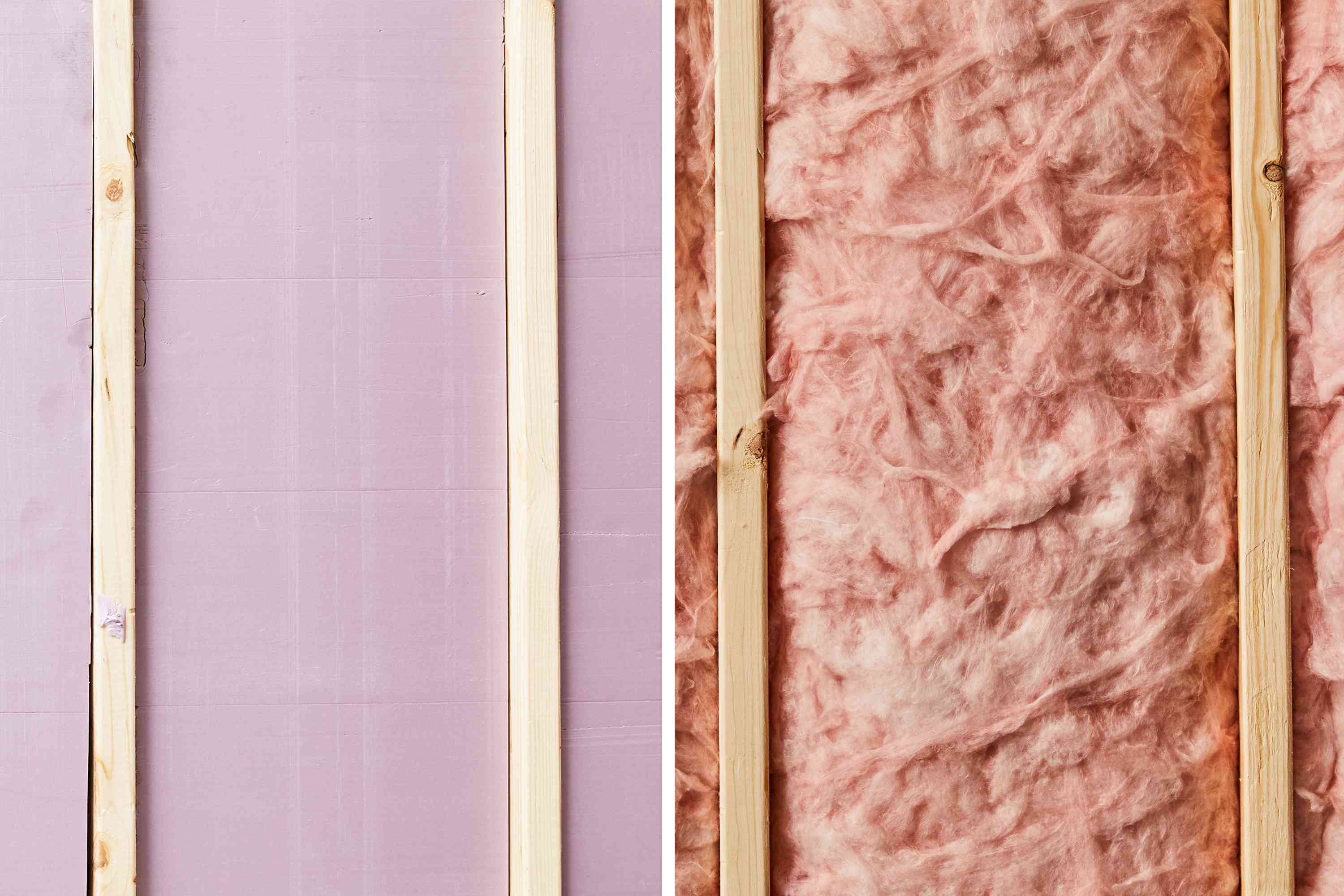

0 thoughts on “What Is R-19 Insulation Used For?”